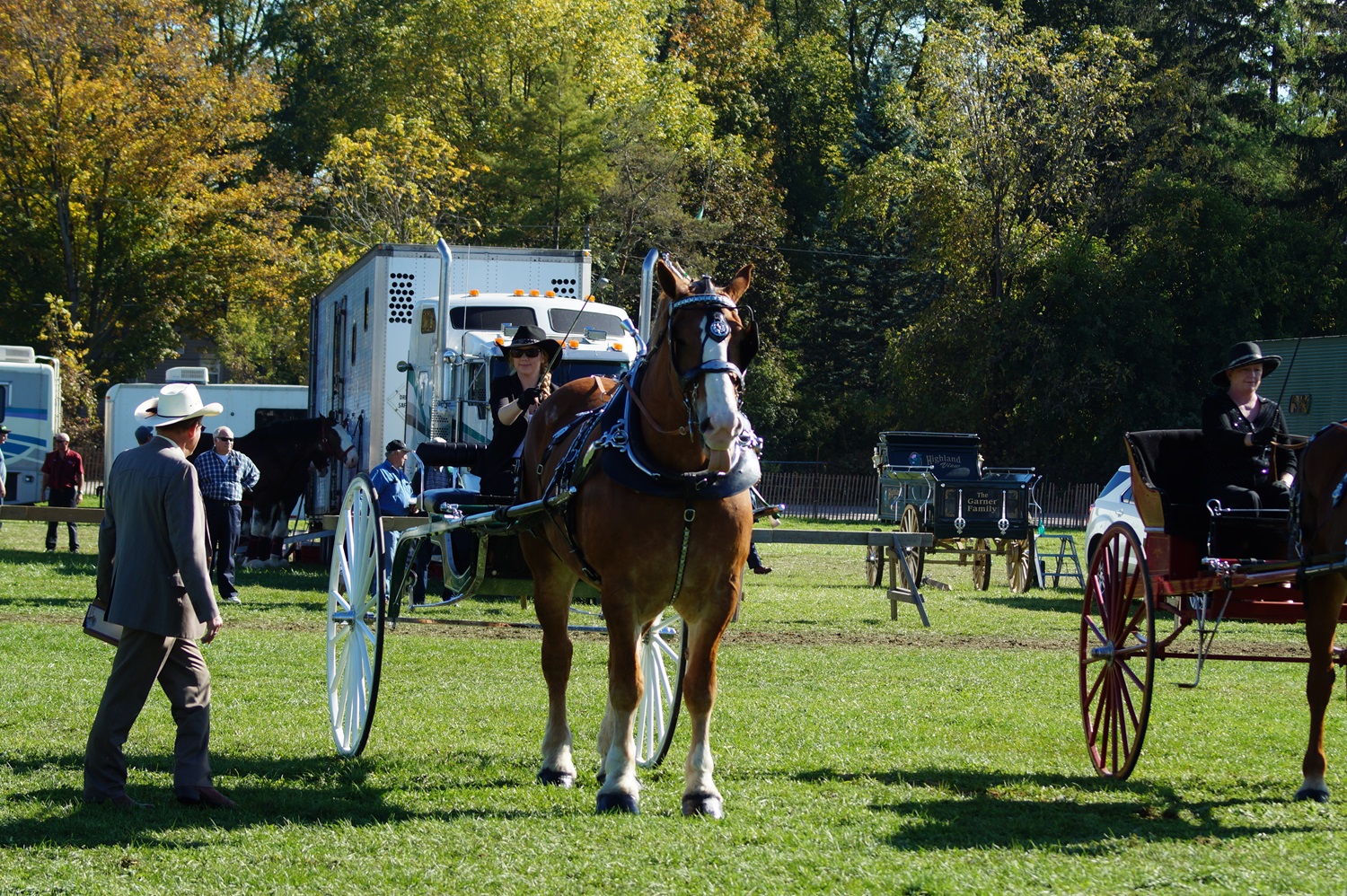OAAS 2024 News – New Website
As you may or may not be aware, the OAAS has launched a new updated website. You will continue to access it via the www.ontarioagsocieties.com website. The fair information can be accessed from a tab on the www.ontarioagsocieties.com website or through the www.ontariofairs.com link.
One of our main objectives for our new website was to make information easier to find and make the site more user-friendly and accessible for our members whether they are using a computer, phone, or tablet.
A new and amazing feature is the real-time website updates. If you need to make any changes to your service member listing on the website (including logo, contact info etc.), when you log into the AssistExpo https://www.assistexpo.ca/oaas-service-members, make your changes, they will automatically update and appear on the website.
You can also view the recording from the May 1 “Discover the new OAAS website” webinar to find out more information – Click here
As we indicated in the May 1 webinar and in the attached Newsletter, due to Privacy regulations, the general public will no longer be able to see contact information (emails, phone #s, mailing addresses) for Judges. Persons within Agricultural Societies and Districts who are normally required to contact Judges or Instructors as a part of their duties will be provided with access to the Judges’ and Instructors’ contact information.
We will be monitoring the new website to ensure all the links are correct and working and that all of the information has been transferred from the previous website.
If you find any broken links, missing information, or errors, please email us the details at oaas@oaasfairs.com.

History of Agricultural Fairs
By Guy Scott, OAAS Past President
Fairs are almost as old as recorded history. There were two types of ancient fairs: trade shows and festivals. From the biblical “Fairs of Tyre” to Sturbridge Fair in medieval England, fairs were used as market places and carnivals. In the 1700’s the British crossed the agricultural improvement society with the traditional trade fair/carnival and agricultural fairs were born.
These agricultural fairs were transplanted to the colonies by the earliest British settlers. The concept of fairs soon flourished in agrarian North America. In Canada, the first agricultural society was formed in 1765 in Nova Scotia. Ontario followed suit in 1792 with the Agricultural Society of Upper Canada based at Niagara on the Lake. From the Ontario strongholds, the concept of agricultural fairs spread west with the first settlers.
After a few false starts, the system of agricultural societies and their fairs spread all over Ontario in the 1800’s. They were organized by county and township and at one time numbered over 500 in Ontario alone. While agricultural societies used many methods (of varying success) to improve agriculture and the rural lifestyle, their most enduring and endearing legacy was the agricultural fair. Industrial exhibitions and festivals came and went, but the fairs just carried on. Fairs soon became an ingrained part of Ontario’s (and indeed Canada’s) culture. They still are, in our society.
Fairs have changed since their inception, but they still carry on their mandate of promoting agriculture and the rural lifestyle.
Want to see modern tradition meet the modern world? Attend a fair!
